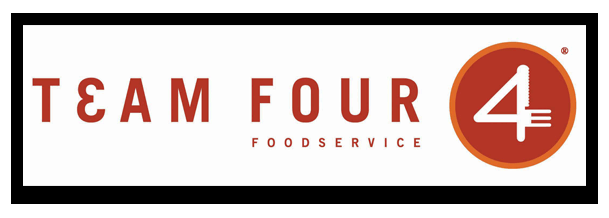 If you’re like most businesses, about 60 percent of your revenue comes from only 20 percent of your guests. Instead of directing your marketing time and effort toward the 80 percent of people who are less likely to support you, you stand to gain far more if you can channel your resources into that valuable 20 percent who buy from you frequently and spend more when they do. Understanding customer lifetime value (CLV) can help you zero in on this critical segment of your audience. (You can calculate it by dividing the average per-guest spending each month by the percentage of guests that don’t return.) If you have the tools to understand your CLV, you know which offers and channels have driven the most sales. You are able to take the behaviors of your best guests and turn them into incentives that drive repeat business. You can use that information to attract similar guests who have the potential to become more loyal. You also understand what promotions and messages generate the best sales. Improving your CLV can help you expand the size of your most valuable segment of guests. So how can you do this? Track how much money a guest is likely to spend on repeat visits and other interactions with your business, or how likely they are to refer your business to others. Look for opportunities to collect actionable information from each step of a guest’s journey. Toast suggests making it as convenient as possible for guests to buy from you and share information. That includes their feedback, which you can use to assess your performance and identify action items. Lean on your loyalty program to encourage return visits and to communicate in targeted ways with your guests. Finally, bundle your offerings – it increases guests’ perception of your value.
0 Comments
 Loyalty programs Start a loyalty program offer a free appetizer after 10 curbside orders. Consider a percentage off for a limited time on curbside orders Offer your first dine in customer a free meal on their next visit. Offer gift cards for purchase Offer discounts to nearby business employees It will be even more important now to effectively market your operation and the changes that you have made to your established customer as well as new customers. Here are some ways to help get your message and brand to your customers:
|
More Marketing ArticlesFinding the line on guest spendingGet your message outSocial mediaCategories
All
Archives |
Foodservice CEO is provided for informational purposes only. It is intended to offer foodservice operators’ guidance regarding best practices in running their operations. Adherence to any recommendations included in this Guidance will not ensure a successful operation in every situation. Furthermore, the recommendations contained in this website should not be interpreted as setting a standard of operation or be deemed inclusive of all methods of operating nor exclusive of other methods of operating.
Copyright 2023 Team Four Foodservice, All Rights Reserved.




 RSS Feed
RSS Feed